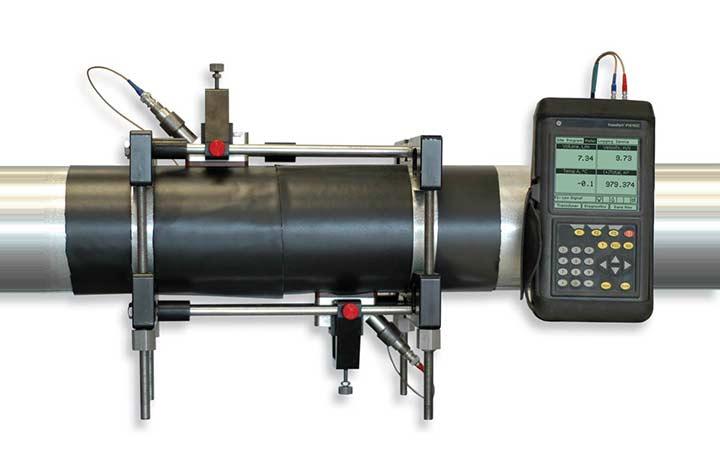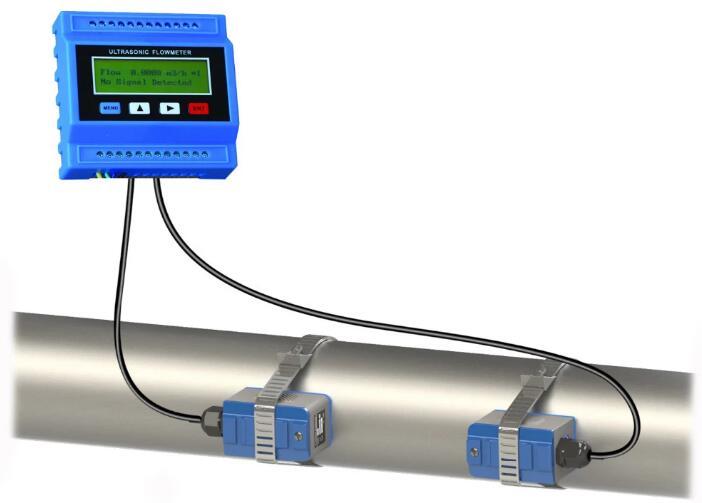The end user or the building control system receives information from flow meters in their most basic form regarding the instantaneous flow rate as well as the flow totalization. In high-performance buildings of today, the data from flow meters also plays a part in the more complex system management and optimization functions that are found in these buildings. These functions can be found in high-performance buildings. In the following piece that will be published on this site's blog, we will discuss some of the more common ways in which one can benefit from making use of the data that flow meters produce.
A water flow meter is a metering accessory that is a device that measures the amount of water that is moving through a pipe at a given rate. This can be done at a predetermined rate. There is a wide selection of metering technologies and accessories available to choose from, including a variety of water flow meters. When making your choice, you need to think about the application it will be put to, how much money you have available, and how willing you are to perform routine maintenance. Which type of device, an ultrasonic flow meter, a magnetic flow meter, a volumetric flow meter, or a mechanical flow meter, should be chosen for your specific measurement application? This is the most important question that needs to be answered. These various tools each come with their own individual set of benefits as well as drawbacks. Let's have a conversation about these topics so that you can make an informed decision based on the following information:
Mechanical flow meters for measuring the volume of water

Mechanical flow meters are by far the most common type of strap on water meter and can be found across the spectrum of flow meters. They are also the ones that won't put too much strain on your finances. In a mechanical flow meter, the primary mechanism that is responsible for the measurement of flow is the rotation of a turbine. It can be shown that there is a direct proportional relationship between the speed at which the blades spin and the volumetric flow rate of the water.
This suggests that they are not suitable for use in plumbing systems that operate with a low water pressure. In spite of the fact that they are accurate, mechanical flow meters can become obstructed if the water that they are measuring is muddy or contains larger particles. Because of this, there is a possibility that the costs of maintenance will rise.
Flow meters that make use of a technology based on a vortex
Vortex water flow meters operate in a manner that is distinct from that of mechanical flow meters in that, in order to measure flow, these meters make use of the swirls and vortices that are created whenever water moves around an obstruction. In contrast to this, mechanical flow meters, which measure the flow of a fluid by utilizing straight lines, are used to measure flow. When a vortex meter is used to measure flow rate, the frequency of the vortices that form inside the device is directly proportional to the flow rate being measured. It is possible for vortex water flow meters to be multivariable, which means that they have the capability of measuring up to five distinct variables using only one connection. Temperature, density, volumetric flow, pressure, and mass are some of the variables that fall into this category.
Meters that use ultrasonic technology to measure the flow of water

Ultrasonic water flow meters, just like their names imply, make use of ultrasound in order to determine the rate at which water is flowing through a given system. It is possible to determine the flow rate by subtracting the times it takes for two ultrasonic signals to arrive at their receivers when they are sent in opposite directions, upstream and downstream. This allows one to determine the flow rate.
Even though they are designed for high flow rates and non-conductive water, ultrasonic water flow meters can clamp on to the pipe from the outside, making it possible for them to measure water flow in large pipes.
Magnetic flow meters are used to measure the flow of water.
Utilizing a magnetic field as its measuring mechanism, a magnetic flow meter is yet another kind of strap on water meter. Its purpose is to determine the rate at which water is flowing and goes by the name magnetic flow meter. The generation of voltage is the end result of this apparatus's operation, which is predicated on the hypothesis that the movement of any liquid through a magnetic field will produce this effect. Since the amount of voltage generated is directly proportional to the movement of the water, increasing the flow of the water will result in an increase in the amount of voltage generated. Because of their high level of accuracy and the fact that they typically feature visible LED displays, magnetic flow meters are suitable for almost any application. The only exceptions are measuring pure water and carrying out custody transfers.
The type of flow meter that should be chosen will, in the end, be determined by the application that the meter is going to be used for. The majority of water management and industrial installations use magnetic or ultrasonic flow meters to measure the amount of water that is consumed in their operations. These apparatuses are also ideally suited for the distribution of drinking water, and they may come equipped with programmable switches and alarms. In addition, they are ideal for use in a variety of other applications.
